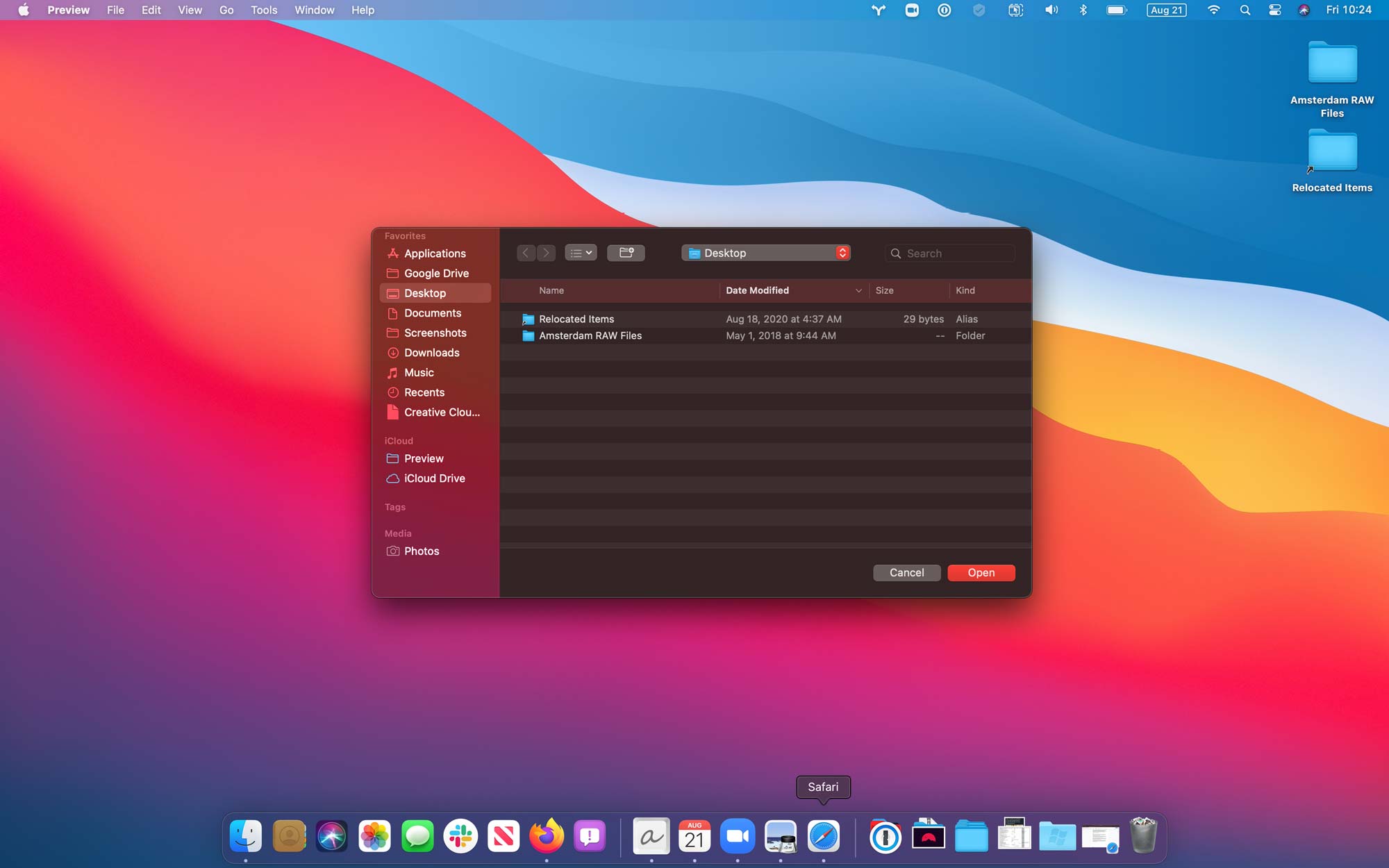

- #GET MACOS BIG SUR INSTALLER INSTALL#
- #GET MACOS BIG SUR INSTALLER UPGRADE#
- #GET MACOS BIG SUR INSTALLER WINDOWS 10#
If the USB flash drive is not working with TransMac, it could still be a partition problem. Create a GPT partition on a USB flash drive
#GET MACOS BIG SUR INSTALLER UPGRADE#
Once you complete the steps, you can insert the USB flash drive on your Mac to install, reinstall, or upgrade the operating system to the latest macOS version (Ventura, Monterey, Big Sur, Catalina, or Mojave). Select the “.dmg” file with the macOS installation files. Right-click the USB flash drive and select the “Restore with Disk Image” option from the left pane.Ĭlick the Yes button to confirm the erase of the USB flash drive data. If this is the case, the chances are it’s using an MBR partition, and the USB drive needs a GPT partition to work on a Mac.Ĭlick the Yes button to format the drive on the warning message.Ĭonfirm a name for the drive. Quick note: You want to do this before creating the bootable media because there is a good chance that the drive was formatted using a Windows device.
#GET MACOS BIG SUR INSTALLER INSTALL#
To create a bootable USB drive with macOS, use these steps:ĭownload and install TransMac on Windows 10. One high-quality USB flash drive with 16GB of storage.Ĭreate macOS bootable USB installation media.

#GET MACOS BIG SUR INSTALLER WINDOWS 10#
This guide will teach you the steps to create a macOS bootable USB installation on Windows 10 (or 11), which you can use to reinstall or upgrade the Apple OS. You can use a Windows 11, 10, 8.1, or 7 computer to quickly create a USB bootable installation media to reinstall macOS Ventura, Monterey, Big Sur, Catalina, or Mojave on your Mac. However, if none of your devices (MacBook, MacBook Air, MacBook Pro, iMac, Mac Pro, or Mac Mini) are not working when you need them the most, you can use a Windows computer to rescue your Apple device. This is one of the main reasons you should consider creating a macOS bootable USB when your computer is working correctly. If the unexpected happens with an Apple computer, you can use a macOS bootable USB with the installation media to repair it. It’s a matter of time until the device refuses to start, which could happen for many reasons, including (and not limited to) file corruption, hardware failure, or buggy update. You can now quit Terminal and eject the volume.It doesn’t matter whether you use macOS, Windows 11, or Windows 10.


Terminal doesn't show any characters as you type.


 0 kommentar(er)
0 kommentar(er)
